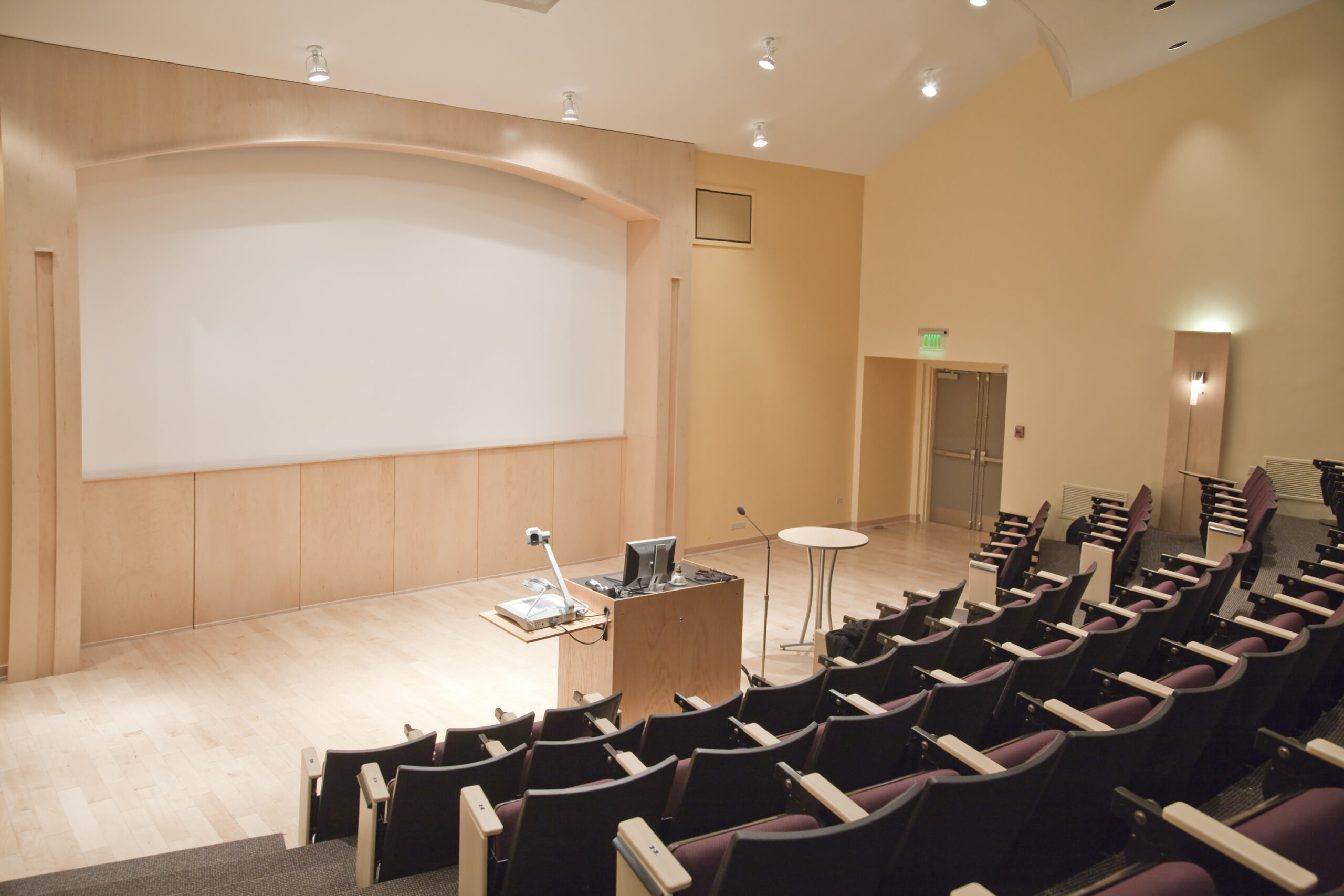- Academic Technology
The Emergence of Video as the Future of Education Equity

Class attendance in college has strong relationships with both class grades and GPA. It is a better predictor of college grades than anything else, including scores on standardized admissions tests like the SAT, high school GPA, study habits, and study skills. (1)
But what happens when students cannot make it to class? Many students have to commute to campus and balance school with job obligations and family responsibilities. Some face disabilities, chronic conditions, illness, or injuries that prevent them from attending class or make it difficult to participate in live classes. Luckily, asynchronous video can connect students to the class experience on their own terms.
Commuting to Campus
Only about 15% of undergraduate students live on campus. Commuter students make up more than 85% of today’s college students: (2)
Students who live in rural or remote areas may face a very long commute to campus. According to the Rural Community College Alliance, the majority of rural students drive an average distance of 25 miles one-way to get to class: (3)
Balancing Work and School
In 2018, 81% of part-time undergraduate students were employed. 24% of part-time undergraduates were employed 20 to 34 hours per week, and 47% were employed 35 hours or more per week:
In that same year, 43% of full-time undergraduate students were employed. 17% of full-time undergraduates were employed 20 to 34 hours per week, and 10% were employed 35 hours or more per week: (4)
Disabilities
More than 10% of the entire population of students in the United States face challenges with language processing, attention, and/or social interactions:
In a 2020 study, students with these types of disabilities performed better on a test of conceptual understanding after participating in asynchronous learning. (5) These results indicate that students with these types of disabilities can benefit from a combination of synchronous and asynchronous instruction in education.
Students Want the Flexibility Offered by Online Learning
Flexibility is key to student success. With the pandemic, virtual learning and hybrid learning—a combination of in-person and online learning—became more prevalent. Now, students and faculty want to use more online learning tools in the future, even after the pandemic subsides.
73% of students “somewhat” or “strongly” agreed that they would like to take some fully online courses in the future. 68% of students “somewhat” or “strongly” agreed that they would like to take some courses that offer a combination of in-person and online instruction:
57% of faculty “somewhat” or “strongly” agreed they would like to teach hybrid courses post-pandemic. 53% of faculty “somewhat” or “strongly” agreed they would like to teach fully online post-pandemic: (6)
Universities have long-held concerns about the feasibility, effectiveness, and costs of virtual learning options. After quickly adapting during the pandemic, faculty and students have seen the effectiveness of online learning and how it supports accessibility and equity. They want their schools to continue to invest in and offer these options.
Asynchronous Digital Tools Provide Access to Education
Online learning provides more learning opportunities and greater access to education. Asynchronous tools, such as video, provide students who can’t always attend class at a scheduled time with greater access to education.
Compared to synchronous video education, asynchronous video allows students to:
- Plan participation around employer or family obligations
- Take more time for reflection before contributing
- Self-pace their learning
- Access equitable opportunities to participate
- Participate with less pressure than in a live session, especially if they are introverted or have challenges with certain types of social interaction
- Collaborate across countries and time zones
- Facilitate listening to diverse narratives around a social issue, collected separately but available for students to view and discuss
Surveys of online community college students showed that regular use of asynchronous voice/video tools increased students’ sense of belonging to a community and resulted in improved verbal skills. (7)
The Future is Now
We’re excited about the future of higher education as universities lean into ways to make it more equitable. The data shows that the landscape has changed, and that technology is playing a leading role in how students learn. Asynchronous video has an essential role in education equity, and schools should continue to accelerate their commitments to it.
Want to learn more about asynchronous video in higher education? Contact us.
Notes:
1. https://journals.sagepub.com/doi/abs/10.3102/0034654310362998
2. https://www.insidehighered.com/views/2020/07/23/colleges-should-be-planning-more-intentionally-students-who-commute-campuses-fall
3. https://edtechmagazine.com/higher/article/2017/02/distance-learning-bridges-digital-divide-higher-education
4. https://nces.ed.gov/programs/coe/pdf/coe_ssa.pdf
5. https://www.sciencedirect.com/science/article/abs/pii/S0360131520300427
6. https://cengage.widen.net/view/pdf/sq4wmggt6e/pandemic-era-report-card.pdf?t.download=true&u=rhkluf (pg 9 students, pg 15 faculty).
7. https://www.researchgate.net/publication/339365337_Humanizing_Online_Teaching_To_Equitize_Higher_Ed










